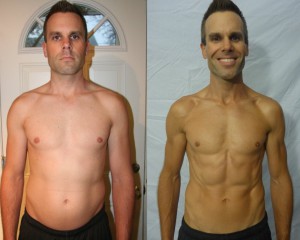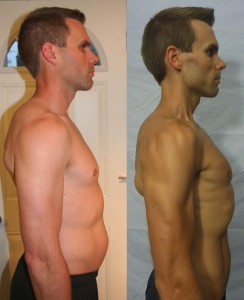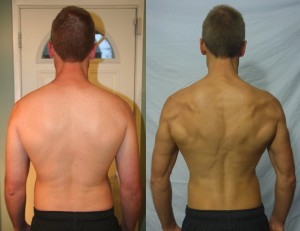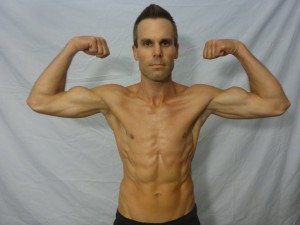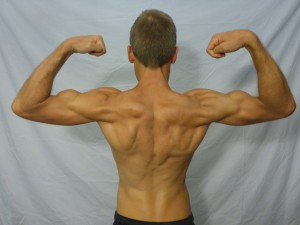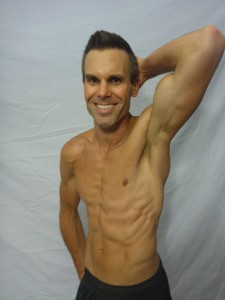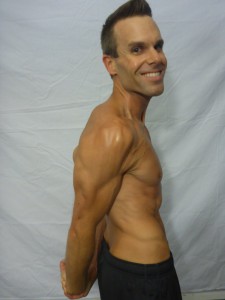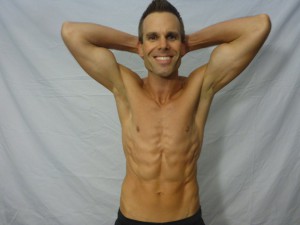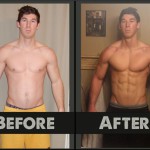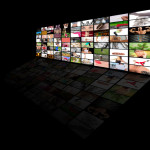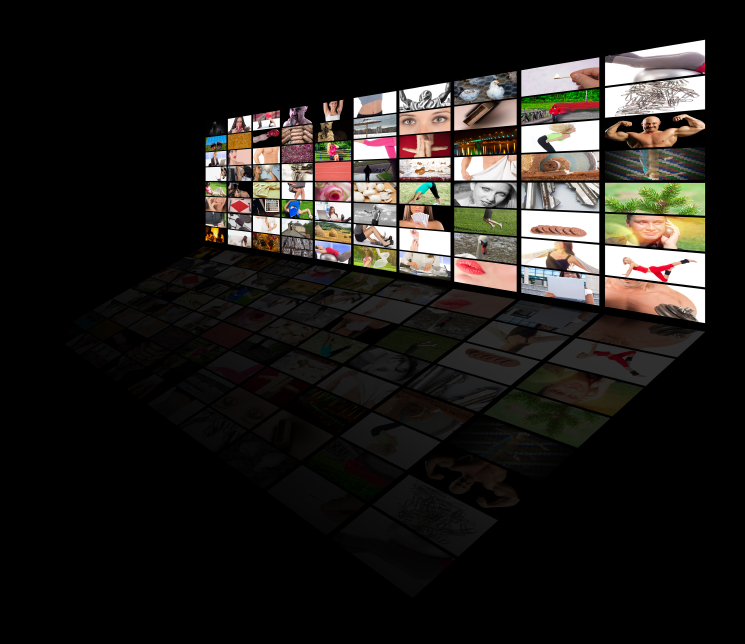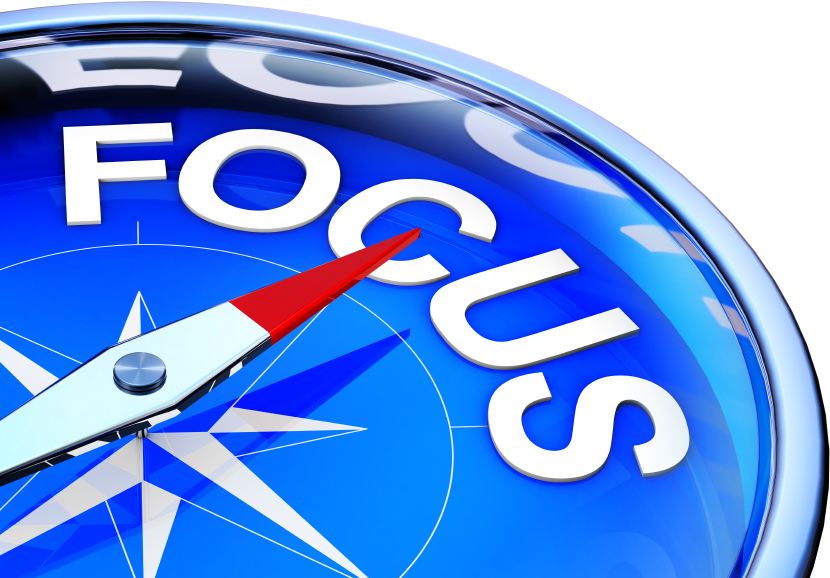Hope everyone here in the U.S. celebrated a Happy Thanksgiving with friends & family yesterday.
As the infamous “Black Friday” is now upon us, I would encourage those brave shoppers who dare venture out into the “savings wilderness” to shop safe.
Alternatively, to some of you who might be heading to the gym, might I suggest making it a “Back Friday.” (Pun Intended)
Nevertheless, today’s post is the latest installment of the Golden Eye for the Adonis Series.
Here is another guest post from Eric Weinbrenner. Better know by his True Insider Handle, “eweinbrenner.”
Focus on What Matters:
Muscle vs. Movement
I struggled through a few more reps, dropped the dumbbells, and sat up.
Having just finished my third set of Incline Dumbbell Press, my chest (especially the upper portion) should have been fried… but as I sat there thinking about the set I had just performed, I realized I couldn’t really feel any specific muscle working.
Sure, my arms, chest, and shoulders were fatigued- but as far as feeling a specific muscle?- nothing.
Unfortunately, this was not an isolated case: this was a system-wide issue. With nearly every exercise, be it biceps curls or seated rows, I could lift “heavy” weights, but getting a pump and really feeling the target muscle work just was not happening.
To make matters worse, I felt like my muscles were lacking that hard, defined look that I was after. I had put on a decent amount of size, but even at a pretty low body fat (near golden waist), definition was not what I wanted, especially in my chest and arms–where I struggled to feel the muscles working the most.
How a Set Should “feel”
When you are lifting to achieve a certain look–note: I said “to achieve a certain look”; not “to get strong”; not “to improve conditioning”–each set you perform in the gym should feel a certain way.
At the most basic level, during each rep of each set, you should feel the target muscle working. There will be stabilizing muscles contributing, but overall, on any given lift, there should be one muscle (or muscle group) that you feel above all else. When you set the weight down, you should know, without a doubt, that you just worked the target muscle.
But… wait… what does that feel like?
Feeling the target muscle work produces a significant “pump” in the muscle; you should be able to squeeze the muscle and feel tension in the “belly” of the muscle, rather than in the joints around it; you should be able to isolate and flex the target muscle without feeling distraction from surrounding muscles.
In addition to describing what a good set feels like; it is also helpful to describe a bad set. Let me use the biceps curl as an example.
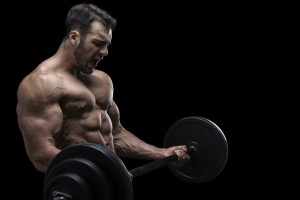
Focus On What Matters: Muscle vs. Movement
At the most basic level, during each rep of each set, you should feel the target muscle working.
When you do a biceps curl, you should get an insane pump in your biceps and you should have limited contribution from any other muscles. Every guy in the world who has ever been in a weight room has done curls. For some guys, their workout looks like the following:
Monday: Curls
Tuesday: Bench press, curls
Wednesday: Think about doing legs but actually do curls
…You get the point.
I’m using curls and this ridiculous example to show that everyone knows (or thinks they know) how to do a curl.
Yet, I know guys, and have personally experienced doing curls and struggling to actually feel the biceps doing most of the work. For a long time, I would do curls and feel my front deltoids getting a lot of the action and notice that my elbow joints would hurt the next day.
It wasn’t that I was doing curls wrong–I just didn’t know how to target the biceps muscle and make it do the work. I’ve noticed this is especially true, for a lot of muscles, when people have a background in powerlifting or working out primarily to get stronger. They come over to Adonis, where it is about working the muscles, not the movement, and find that they struggle to do that efficiently.
Work the Muscle, Not the Movement
If you find that you struggle to really feel the muscle working on any given exercise; you have joint pain following certain movements; or you lack the hard, fully developed look in any of your muscles– you very well may be focusing too much on the movement and not enough on the muscle.
This often stems from the “more weight = more muscle” mantra preached so often in the fitness industry. There are also a lot of experts that suggest things like, “you must lift heavy weights in order to build muscle”, and that “lifting light weights will never stimulate enough muscle for growth.”
There are two major problems with both of these ideas: First, “heavy” and “light” are relative; a weight that is “heavy” to me may be “light” to someone else, and vice versa. Second, this kind of thinking places tends to cause focus to fall on lifting maximum weight, thus focusing more on the movement, rather than the muscle.
This whole idea of working the muscle is not new to the AGR community, but it is so important, it is worth repeating–this is THE focus of our workouts. John Barban himself has described the ability to contract and relax each muscle at will as the “key to full muscle development”– this is how important working the muscle is.
So how can you get better at working the muscle and avoid just slinging weight around?
There are a few ways to do this and nearly all revolve around improving your mind to muscle connection. The best way to do this without overcomplicating things is to align your lifting with your breathing.
This means you will need to s-l-o-w d-o-w-n and use light(er) weights. Remember: “light” weight is relative, choose a weight that allows you to complete the prescribed amount of reps with perfect form using the target muscle.
When I say “slow down”, I am referring to the tempo of each rep. AGR members know that this is built into some of the more advanced programs where specific tempos are prescribed. If you are following one of those programs, just stick with the tempo as written.
During each rep, lower the rep while inhaling and counting 1 one thousand, 2 one thousand; pause for a second at the bottom of the lift; then complete the “lifting” portion of the lift while exhaling to the count of 1 one thousand, 2 one thousand. The entire motion should be controlled (i.e. you controlling the weight; not the other way around).
Final Thoughts
The strategies above can be applied to any and all exercises where you struggle to feel the target muscle work or simply as a way to improve mind to muscle connection overall and refocus on what is most important during our work outs: working the muscle.
Be careful to assume that this is for “beginners” and that you are too advanced for this. Remember: John Barban has noted the ability to target a muscle at will is the advanced stage of muscle building–this is something that will take years or practice and consistency to achieve. I can personally attest to the difference this has made for my physique as I have made improving mind muscle connection the focus over the past year or two–I have noticed a much more dense, hard look to my muscles and my ability to work the target muscle has noticed incredible improvements.
While I wanted to make sure I provided some applicable strategies that you can use at the gym within this article; I also want you to use this article as a way to adjust your mindset, if need be. Becoming distracted and getting caught up worrying about lifting heavy enough weights or feeling like you must “prove” yourself will distract you from what is truly important.
-Eric Weinbrenner
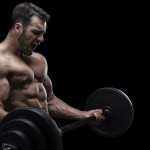
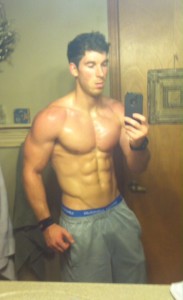
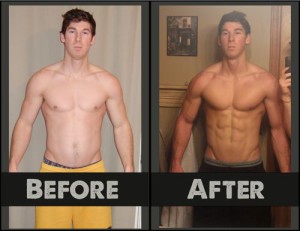
![Unstoppable Confidence & The New “Me”: Interview w/ AT-14 Winner Adam G. [driftbouncer]](https://www.adonisindex.com/wp-content/uploads/2014/08/Adam-G-BnA-150x150.jpg)
